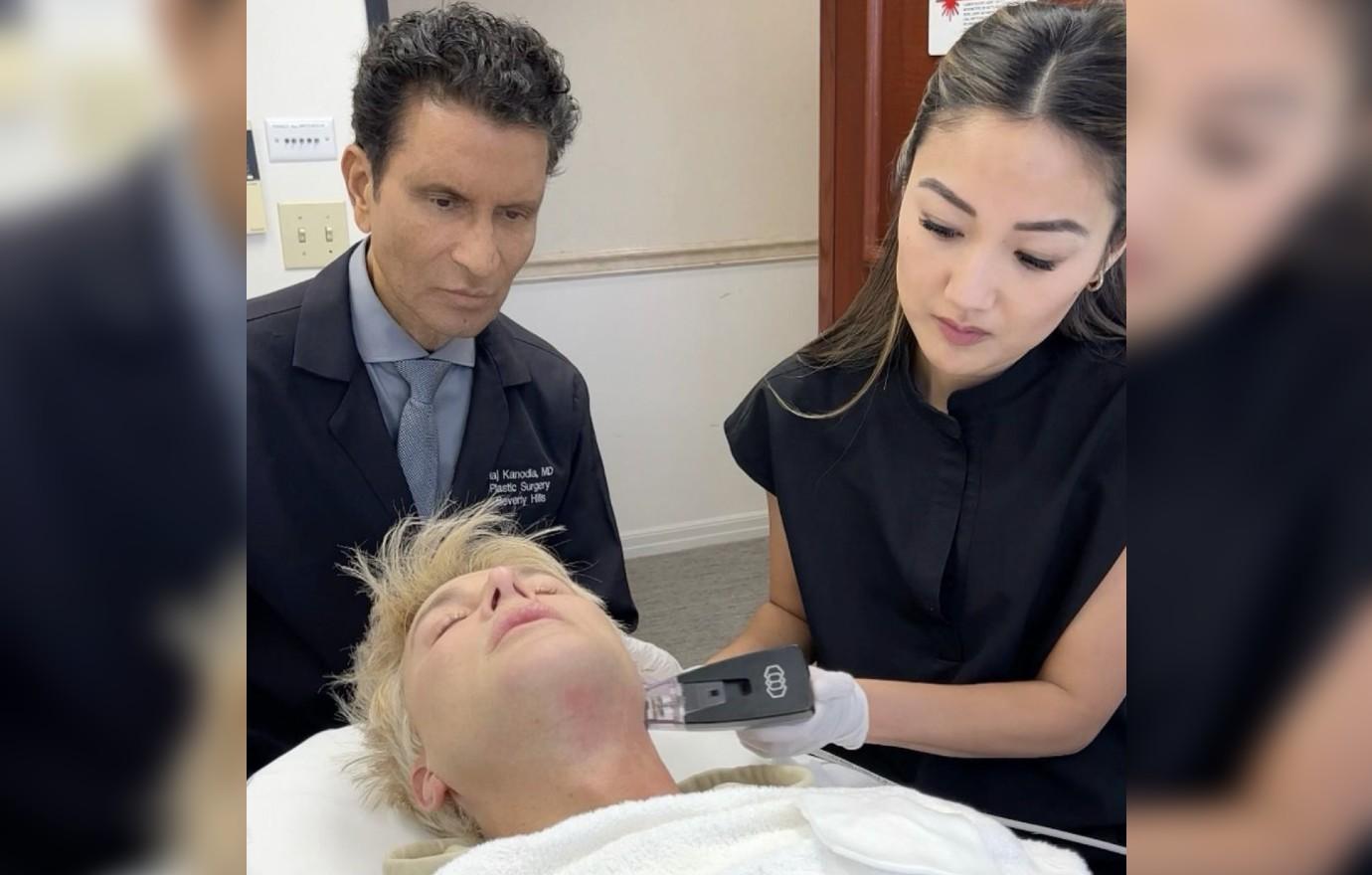 NEWS
NEWSThe Case for Lasers: Lasers or Injectables?

July 8 2024, Published 1:49 a.m. ET
People are starting cosmetic treatments younger and younger – procedures in their 20s, Botox by 21, filler at 18. While Botox can help prevent fine lines due to muscle imbalances and fillers can address volume change over time, they tend not to do much for the actual appearance of your body’s biggest organ: your skin. That’s where lasers come into the picture.
“The over filled filler look is going out of style,” says Karla Lumunsad, FNP-C, a double board-certified nurse practitioner specializing in laser treatments, whose repeat clientele includes Kim Kardashian and numerous Victoria’s Secret models. Nurse Karla works for celebrity doctor Raj Kanodia, renowned for his scarless rhinoplasty and injectables. They have been working together for the last 18 years, during which time he has entrusted her with running The Kanodia Med Spa. In her practice, Lumunsad has observed that lasers are making a major comeback. They are often the tools behind the effortless, even-toned, dewy skin that influencers flaunt on social media and that legions of skincare enthusiasts aspire toward.
“Lasers can plump [skin] the same way that filler can. Lasers stimulate collagen; lasers can do more for anti-aging,” says Lumunsad. While she is a strong advocate for laser treatments, Nurse Karla is not against injectables when used in the right placement, right time for her patients.
While most are familiar with lasers as a technique for hair removal, today’s cosmetic laser treatments encompass many areas of focus. Light diode lasers are recommended for those fighting recurring blemishes or hoping to reduce the appearance of deep acne scars. Resurfacing lasers target water within the skin cells, creating a series of micro-injuries that provoke your skin to generate collagen, which improves fine lines, scars, and wrinkles, providing a more natural remedy to the concerns targeted by Botox users. IPL lasers, or intense pulsed light lasers, are ideal for treating dark spots and inflamed blood vessels.

One of the key advantages of lasers over alternative methods, says Lumunsad, is the efficiency in achieving results. “Less is often more,” says Lumunsad. This marks a stark difference from the dilemma that many find themselves in when choosing injectables or Botox to treat their cosmetic issues, where patients can find themselves getting more procedures than they ever anticipated, trying to dial in their desired appearance.
No matter how expensive your serums and moisturizers are, collagen production starts to dip in most people's bodies from the time they're in their late teens to early 20s. Fine lines will start to form even if you are diligent about your eye creams. There are a litany of collagen-boosting treatments to choose from: microneedling, Morpheus 8, radiofrequency, etc. Lumunsad always reaches for a laser. “They are more conservative and versatile,” she says.
Want OK! each day? Sign up here!

Victoria Secret angel Kelsey Merrit
But with lasers, as with any treatment, only the most skilled practitioners should merit consideration. “You want to make sure those lasers are in the right hands because they can do real damage in the wrong ones,” warns Lumunsad. “Do not go the Groupon route. Make sure you are seeing someone experienced.”
Lasers can generally be slotted into one of two categories: ablative and nonablative. Ablative lasers entail a longer healing period for patients and require meaningful planning and consideration. They are associated with profound improvements and are recommended for patients who have more serious skin issues. Nonablative lasers, on the other hand, require repeat treatments to achieve the same results, but are more manageable as a result, with each procedure requiring minimal recovery time. Both increase the generation of collagen and contribute to lasting, satisfying improvements in complexion and tone, but the method you choose will depend on the recommendation of your treatment provider and the specific issues you’re seeking to address through laser treatment.
“Having nice smooth skin will show true anti-aging, versus filling or freezing the face,” says Lumunsad. Another hot tip? “It is more effective if you don’t stay in the same collagen-stimulating treatment to avoid coming to a plateau.”
Honing our beauty regime is a journey, not a destination. It often involves experimenting and switching up our protocol to keep our skin responsive. This is the other under-reported side effect of starting Botox or filler extremely young. Our bodies become immune to Botox over time, requiring more and more of the neurotoxin to keep up the same results. After decades of use (or overuse), no amount of Botox will work. Fillers, on the other hand, have a tendency to migrate over time. Even with the most skilled practitioners, there are no promises of what filler will look like 5, 10, 20 years down the line.
As we are all confronted with the ideal beauty standards of the Instagram age, it makes sense that people are willing to take some risks for perfectly pouty lips. The tides are changing now and as a more natural aesthetic enters the cultural ethos, lasers are well on their way to becoming the go-to treatment for it-girls looking for effortlessly gorgeous skin.


